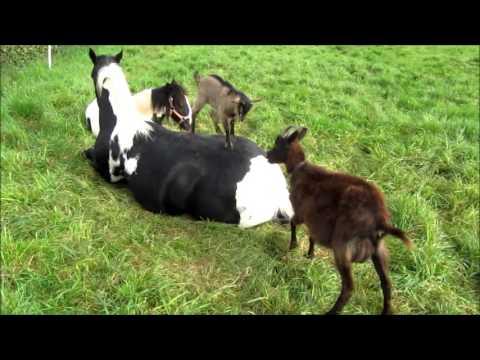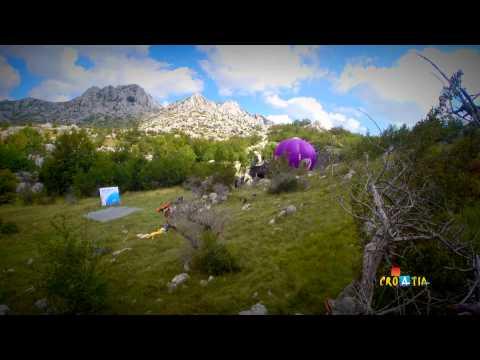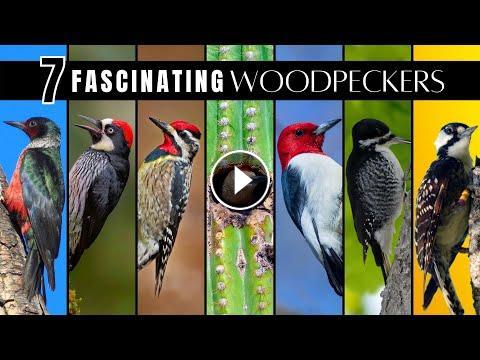In this video, I would like to talk about some uncommon Woodpeckers with some fascinating and unusual behaviors.
Timestamps:
00:00 Intro
00:09 Red-headed Woodpecker
01:09 Lewis’s Woodpecker
02:00 Acorn Woodpecker
03:00 Yellow-bellied Sapsucker
03:51 Black-backed Woodpecker
04:55 Gila Woodpecker
06:02 Red-cockaded Woodpecker
07:36 Ending
Red-headed Woodpecker:
The gorgeous Red-headed Woodpecker of the Eastern United States. Sometimes referred to as, “Flying checkerboard” thanks to its bold pattern of black and white. They are known as one of the most skillful flycatchers among North American woodpeckers.
https://abcbirds.org/bird/red-headed-woodpecker/
Lewis’s Woodpecker:
The Lewis’s Woodpecker has their own color style. For a bird considered a woodpecker, they are very odd. When in flight they fly like a crow and when looking for food they behave like a flycatcher flying out to catch insects in the air.
https://www.natureconservancy.ca/en/what-we-do/resource-centre/featured-species/birds/lewiss-woodpecker.html
Acorn Woodpecker:
This clown-faced character is quite unusual, they can live in very large family groups of up to a dozen or more, and breed cooperatively.
They also spend a lot of time storing away as many as 50,0000 acorns into holes they drilled into one tree, called the Granary Tree.
Yellow-bellied Sapsucker:
The yellow-bellied sapsucker prefers the sugary sap of young birch and maple trees. To get at the sap inside they drill into the trunk, and have an organized way of drilling sap wells, with several neatly produced holes made into rows.
Black-backed Woodpecker:
After a fire, they are known to take advantage of the post-fire resources, like dead trees they can nest in and finding the emerging wood-boring beetles they so love to feast on. This strong association with wood-borers and burned forests makes them the most specialized forager among North America’s woodpeckers.
Gila Woodpecker:
The Gila Woodpecker are great at living in treeless arid environments, especially the deserts. Nearly all woodpeckers excavate nest cavities in dead trees but these birds use saguaro cactus.
Red-cockaded Woodpecker:
A habitat specialist of the Southeastern United States, that live in a family group and are a cooperative breeder. The family excavates several cavities within their home territory of 200 acres, and it can take 2 years or more to fully complete one cavity.
https://www.nature.org/en-us/get-involved/how-to-help/animals-we-protect/red-cockaded-woodpecker/
---
- Category
- Pets And Animals
- Tags
- lesleythebirdnerd, birds, wildlife, birdwatching, ornithology, leslie the bird nerd, birds of canada, birds of united states, north american birds, bird song, bird call, how to attract birds, video for pets, video for cats, nature video, educational bird videos, birds video, woodpeckers, wood pecker, woodpecjer, woofpecker, wouldpecker, woodpecker of north america, Red-cockaded Woodpecker, Lewis Woodpecker, red-headed woodpecker, top woodpecker, favorite bird, leslei bird nerd, bird













